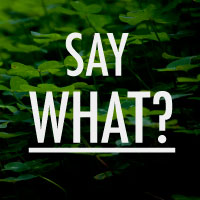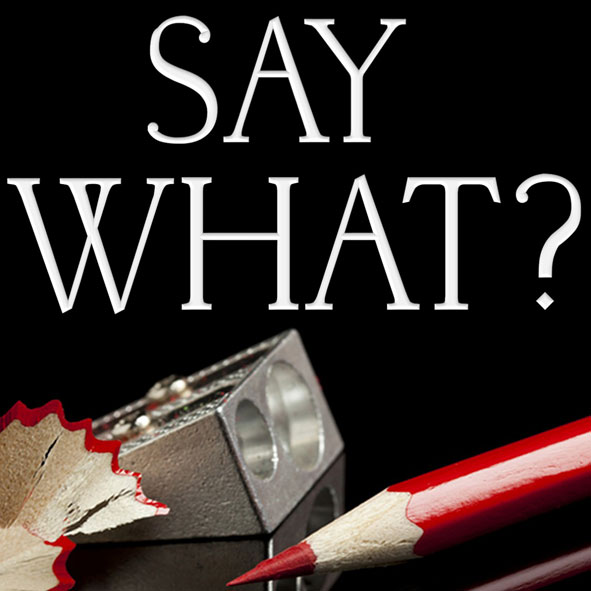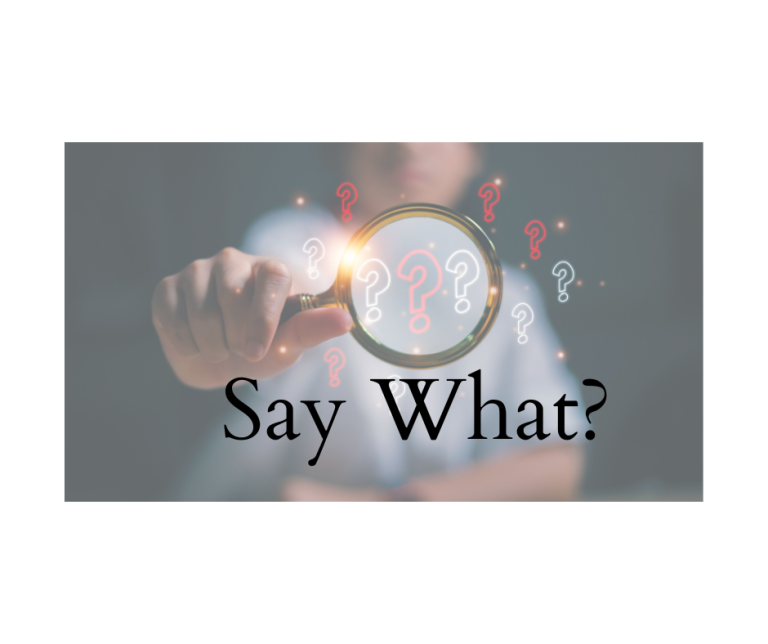Make a Dash for It
If you’re not familiar with printers’ terminology, you may not know the term em dash. But as a writer and reader, you’re no doubt familiar with its use. Strunk and White describe the dash as a “mark of separation stronger than a comma, less formal than a colon, and more relaxed than parentheses.”
It helps to distinguish it from its shorter cousin, the en dash, if you know that it draws its name from the typesetting world. The em dash is the width of a capital letter M, while the en dash is the width of the N. So as not to overwhelm you today, we will only look at the usage for the em dash and save the shorter dash for another time.
An em dash signals a sudden change in thought or sets off an element that explains or amplifies. It can function as an alternative to parentheses, which some readers may find more distracting than a dash, commas, or a colon. In a lot of the manuscripts I edit and critique, I notice the use of a semicolon in place of the required dash. I think writers choose that bit of punctuation because they don’t know what else to use. But the em dash is almost always what they need in those places.
Take a look at these examples:
- He told them not to be afraid—just to mind their own business (a comma doesn’t quite offset the phrase enough).
- That night—the night of Mr. Liddle’s return—was no different from the others (alternative to parentheses—less visually disruptive. Whenever you interrupt a sentence like this, you want to use a pair of em dashes).
- The rear axle began to make a noise—a grinding, chattering, teeth-gritting rasp (alternative to a colon).
An em dash is also used in dialogue to indicate a break, interruption, or hesitation in the conversation:
- “I’m sorry, Heather. I can hear the ice in the—”
- “And you assume I’m drinking—?”
Notice, there’s no end punctuation (other than the question mark) after the em dash.
Like all punctuation marks, use the dash judiciously. Strunk and White advise using a dash only when a more common punctuation mark seems inadequate, while Bryan Garner maintains that the em dash may be the most under-used punctuation mark in American writing. It can bring clarity to a sentence clogged with commas or just the right visual punch to convey the author’s intent. I happen to love them and—without a doubt—use them a lot!
The quickest way to make an em dash is simply type: wordhyphenhyphenword ( no spaces) and the word processor (usually) automatically formats the double hyphen as an em dash as you continue writing. You may have to set the auto-correct options in Word to transpose two hyphens into one em dash.
The key stroke shortcut for the em dash is CTRL + ALT + minus key on the numeric pad.
And there you have the long and short of dashes.








I love the em dash and I use it a lot.
“And you assume I’m drinking—?” In this example, you did use punctuation, the question mark.
Thanks, Beth Havey
Yes, I mentioned in the post that you can put in a question mark at the end of an em dash. I accidentally wrote “quotation mark.” Fixed that, thanks!
The good ole’ em-dash—my favorite punctuation!
As a writer who loves to abuse commas and parentheses, I have fallen in love with the em-dash. Thanks for the post!
As my fellow writers have said, love the em dash! I think I may overuse it — but who is really checking?!? 🙂 [My editor, of course.]
Great reminder about the dash. The em dash is one of my favorites, too.
Thank you very much for explaining the dash, Susanne.